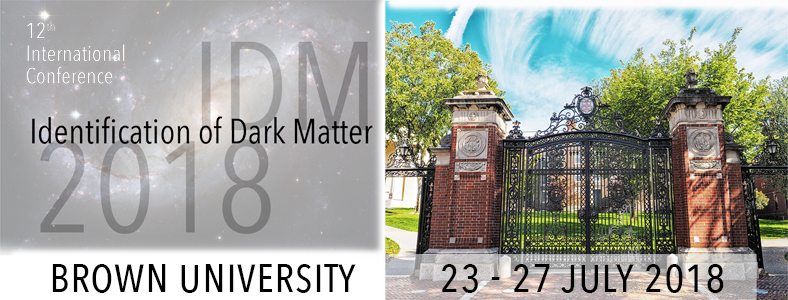Speaker
Description
After the Cosmic Microwave Background photons decoupled from baryons, the Dark Ages epoch began: density fluctuations imprinted from earlier times grew under the influence of gravity, eventually collapsing into the first stars and galaxies during the subsequent Cosmic Dawn. In the early universe, most of the baryonic matter was in the form of neutral hydrogen, detectable via its ground state’s “spin-flip” transition. This line’s rest frame frequency (wavelength) of 1420 MHz (21-cm) arrives today highly redshifted to low radio frequencies (<200 MHz) due to cosmic expansion. A measurement of the 21-cm spectrum maps the history of the hydrogen gas through the Dark Ages and Cosmic Dawn and up to Epoch of Reionization, when ionization of hydrogen extinguished the signal. The ground-based EDGES experiment recently reported a 78 MHz (redshift z~17) absorption trough roughly consistent with that expected from Cosmic Dawn, but ~3 times deeper than was thought possible from standard cosmology and adiabatic cooling of neutral hydrogen. Interactions between baryons and mildly-charged Dark Matter particles with a proton-like mass provide a potential explanation of this difference but many other cooling mechanisms are also being investigated.
The Cosmic Dawn trough is affected by cosmology and the complex astrophysical history of the first luminous objects. A trough representing the Dark Ages, predicted to occur at lower frequencies (higher z), however, is determined entirely by cosmological phenomena (including Dark Matter) that took place before star formation began. A new space-based experiment, the Dark Ages Polarimeter PathfindER (DAPPER), will be described that is designed to observe this pristine epoch (15-30 MHz; z~93-46) which is inaccessible from Earth due to ionospheric opacity. DAPPER will search for deviations from the trough predicted by the standard cosmological model (minimum at ~18 MHz, amplitude=40 mK). In addition to Dark Matter properties such as annihilation, decay, temperature, and interactions, the low-frequency background radiation level can significantly modify this trough. Hence, this observation constitutes a powerful, clean probe of exotic physics in the Dark Ages. The science instrument and a unique data analysis approach will also be discussed.
